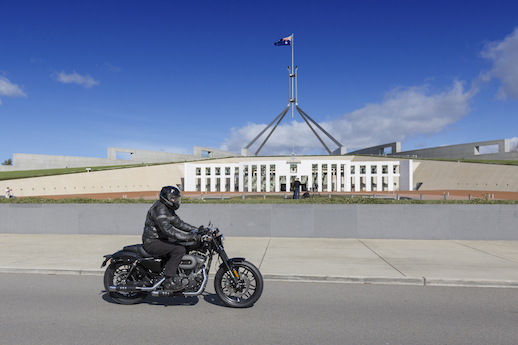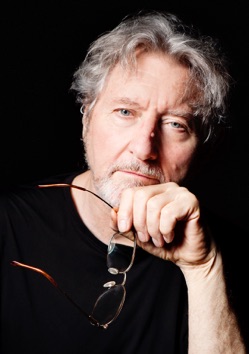In a significant step towards motorcycles being recognised as vulnerable road users, from Monday (August 29, 2016) the ACT will require all learners to prove they can share the road before getting their licence.
Learners will be tested on how they share the road with vulnerable road users identified as pedestrian, cyclists and scooterists/motorcyclists.
There will also be 20 more questions on the written test relating to vulnerable road users.
The new requirements are a significant step forward and we are hopeful it will extend to other states.
The new ACT driving test requirements are based on a study into vulnerable users funded by the NRMA-ACT Road Safety Trust and co-authored by Dr Marilyn Johnson from the Monash University Institute of Transport Studies.
“With this new vulnerable road user competency, the ACT government is taking the lead nationally to make sure new drivers develop skills in scanning, checking and interacting with pedestrians and cyclists including safe passing distances,” she says.
The Motorcycle Riders Association of the ACT was also involved in providing input and feedback into the new questions, says secretary Nicky Hussey.

“We’ve been happy with the level of commitment from the ACT Government to address vulnerable road user issues, and also with their level of engagement with us as part of the group of VRU representatives,” she says.
MRA ACT president believes that education “to change a driver’s mindset to become aware of other road users such as motorcycle and scooter riders, cyclists and pedestrians is critical and must start early”.
Hopefully the new licence testing procedures will also lead to fewer SIMDSY (Sorry Mate, I Didn’t See You) accidents.
Meanwhile, emeritus professor of transport Marcus Wigan says that while all motorists still have to give cyclists a one-metre gap, there remains no such measurement for motorcyclists.
He says motorcyclists also deserve a gap and cyclists need to start taking more responsibility for sharing the road.

“It would be equally desirable for cyclists eBikes mopeds scooters and motorcyclists all to use their rear mirrors and give change-of-direction signalling,” he says.
“All but cyclists and eBikes have this as a basic requirement for driving on the road. It’s time now to turn to these responsibilities for cyclists and eBike users.
“Mutual respect and steadily increasing pressured road space interactions means that signalling intentions and awareness of vehicles behind is a shared responsibility for all vehicles … and bicycles are vehicles.
“We must be getting close to some form of responsibility requirement for cyclists in this regard. The problem is how to do this in a light-handed manner.”


